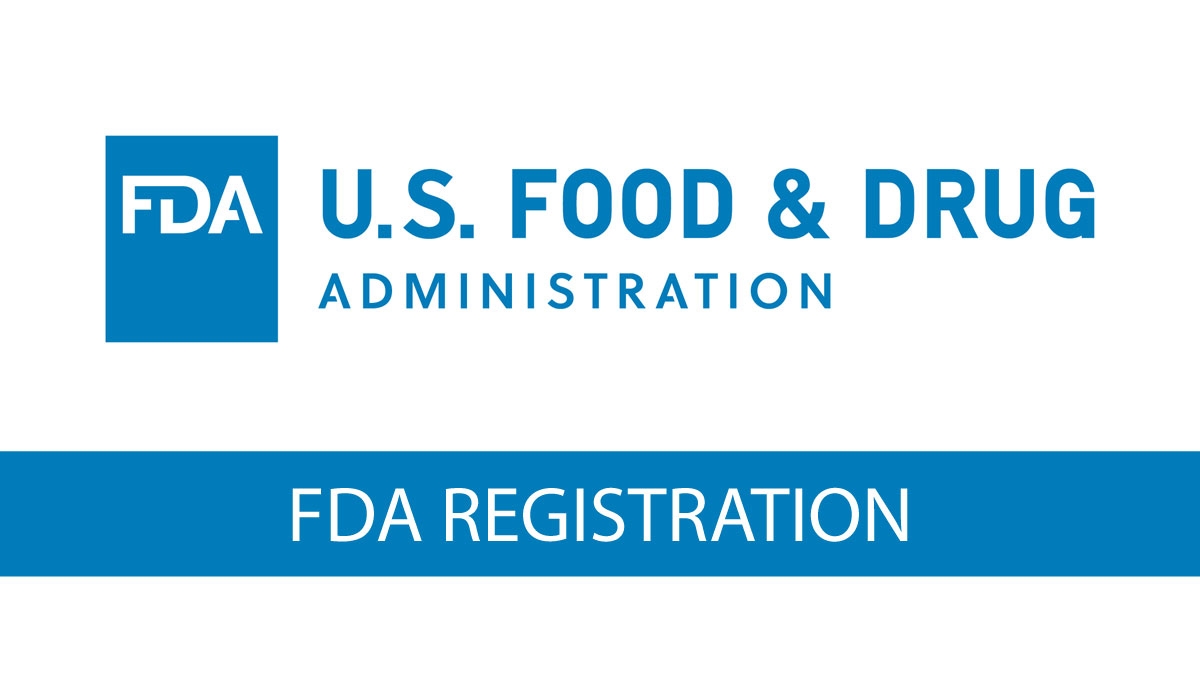ISO CERTIFICATION

ISO CERTIFICATION
9001:2015 :-ISO 9001:2015 is the latest revision of the ISO 9001 standard, developed and published by the International Organization for Standardization (ISO).
14001:2015 :-ISO 14001:2015 certification demonstrates an organization’s commitment to effectively managing its environmental responsibilities and improving environmental performance.
22000:2013 :- ISO 22000:2018 is an internationally recognized standard for food safety management systems, ensuring safe food production and handling throughout the food chain.
27001:2013 :-ISO 27001:2013 is an internationally recognized standard for establishing, implementing, maintaining, and continually improving information security management systems.

CE MARK
In the realm of product manufacturing and distribution, especially within the European Economic Area (EEA) and the European Union (EU), the CE mark holds significant importance.
This symbol, standing for “Conformité Européenne” (European Conformity), signifies that a product meets the essential requirements of relevant European directives, standards, and regulations, thus ensuring its safety, health, and environmental protection aspects.
Let’s delve deeper into the significance, regulations, and implications of the CE mark.


ROHS
In an era where electronics permeate every aspect of modern life, ensuring their safety and environmental sustainability is paramount.
The Restriction of Hazardous Substances Directive, affectionately known as RoHS, emerges as a beacon of regulatory guidance in this pursuit.
Enforced within the European Union since July 1, 2006, RoHS represents a landmark initiative aimed at mitigating the adverse effects of hazardous substances commonly found in electronic and electrical equipment (EEE).

GMP
In the dynamic landscape of pharmaceutical manufacturing, where innovation intersects with the imperative of safeguarding public health, Good Manufacturing Practice (GMP) stands as an indispensable beacon guiding the industry towards excellence and accountability.
At its essence, GMP represents a meticulous framework of regulations, standards, and best practices meticulously designed to ensure that every pill, vial, or syringe emerging from a pharmaceutical facility is not just a product, but a testament to quality, safety, and efficacy.
The principles of GMP resonate across every facet of the manufacturing process, from the sourcing of raw materials to the packaging and distribution of finished products.


FDA
One of the primary responsibilities of the FDA is to oversee the safety of the nation’s food supply.
The agency sets and enforces standards for food production, packaging, labeling, and distribution. Through inspections, sampling, and testing, the FDA identifies and addresses potential hazards in the food supply chain, ranging from microbial contamination to chemical adulteration.
Moreover, the FDA responds promptly to foodborne illness outbreaks, collaborating with other agencies and stakeholders to mitigate risks and protect consumers.

AG MARK
The traditional methods of AG marketing, characterized by intermediaries, limited reach, and lack of transparency, are rapidly being replaced by digital platforms and technologies.
Farmers now have access to online marketplaces, mobile applications, and social media platforms to directly reach consumers, negotiate prices, and bypass middlemen.
This direct-to-consumer approach not only increases profitability but also fosters a deeper connection between producers and consumers.


